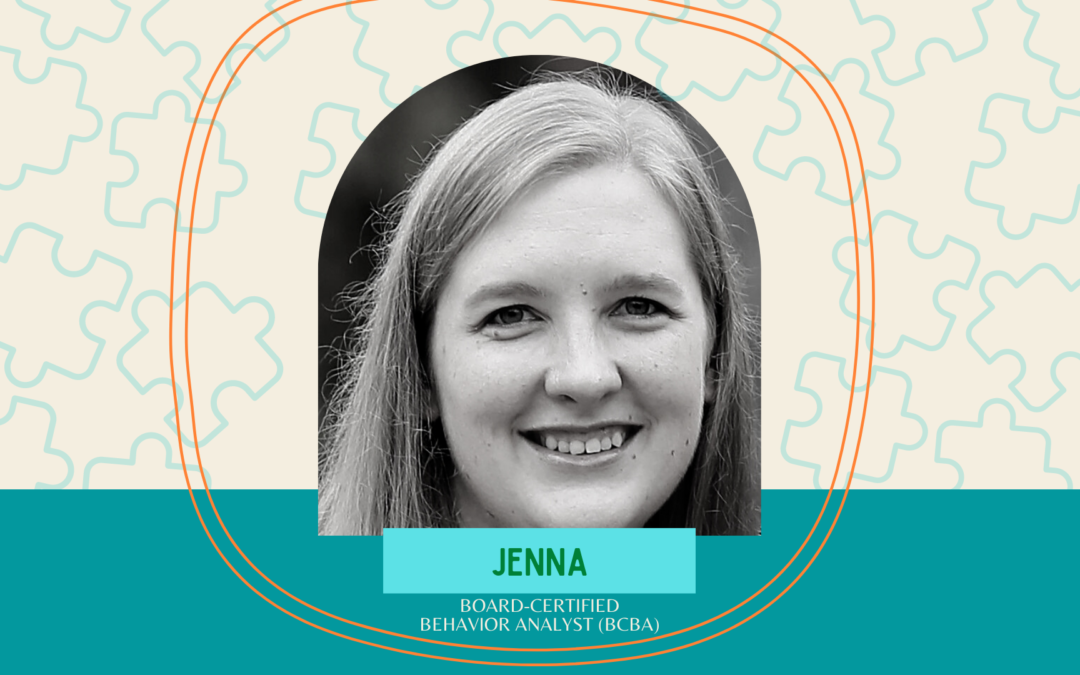Hello! My name in Jenna and I am a Board-Certified Behavior Analyst (BCBA) with Partners in Excellence at the La Crosse location. In my 10 years at Partners, my favorite thing to see is the happiness that arises from children enjoying the learning process. Whether it be mastering how to ask for what they want, using the toilet for the first time, or completing a difficult puzzle, the sense of accomplishment is felt by the client and entire treatment team. To conquer these skills, we use REINFORCEMENT. In the field of Applied Behavior Analysis (ABA), positive reinforcement is defined as anything that is presented that builds a skill or behavior. The following are a few ideas anyone can use to harness the power of reinforcement.
- Identify Potential Reinforcers
- The first step is identifying what brings the child joy. Look for things in a variety of categories including praise, food/drinks, toys, music, and physical activities. Be open to all possibilities. Watch for non-verbal cues of enjoyment, ask the client what they like, offer different choices and experiences to see what they gravitate to. Keep in mind that everyone has unique preferences. I know a kid whose favorite genre of music is polka. Every time they hear polka their eyes light up, a smile comes across their face and they begin to dance. The joy is clearly visible, and while polka music many not be everyone’s cup of tea, polka lights a fire in this kid’s heart. The most important thing at this step is disregarding your personal bias and truly tapping into what the child loves.
- Pair with Reinforcement
- Next, start to associate yourself with those highly enjoyable items and activities. This builds the relationship with the child, and they correlate you as a person who joins with them in the things they like. The child learns that their favorite things will stay available even when they are working with others. To pair yourself with those favorite items/activities, offer them freely and frequently. For the polka loving kid previously mentioned, a spontaneous polka party during the day brought elation and strengthen the relationships of those who “Oom-Pah-Pah” danced with him. We all enjoy being around people with whom we share interests. Joining in on the specific interests of the kid will build their desire to spend time with you.
- Use Reinforcement to Build Skills
- Now that we know what the child likes, and have established a relationship with them, we can start to use those favorite items as we work on skill building. After the child completes a task or answers a question, provide that favorite item/activity to reinforce that behavior. In ABA we know that if reinforcement is provided after a specific action, that action will continue to occur in the future. An example of using these motivators could be using a first/then statement such as “first tie your shoe and then we can polka dance”. Or, after the child demonstrated a new skill provide them with praise and their favorite treat. You can also get creative and bring favorite items into a teaching session. Working on imitation skills à put on some polka music and have the child copy your dance moves, teaching the names of clothing items à print a picture of a polka band member and label their shirt, hat, suspenders, shoes, etc. Finding an interest and expanding skills from that starting point can maintain attention and make the learning process fun.
In summary, find what brings joy, join others in their joy, and joyously celebrate learning. Every child is unique in their interests from Sesame Street or Pokémon to apple slices or black licorice and, yes, even accordion-filled polka music. In ABA we can use those interests to increase relationships and teach new skills. If you have a child at Partners in Excellence and would like more information about harnessing joy to build skills please reach out to your child’s Program Supervisor or Primary Behavior Therapist.


Recent Comments